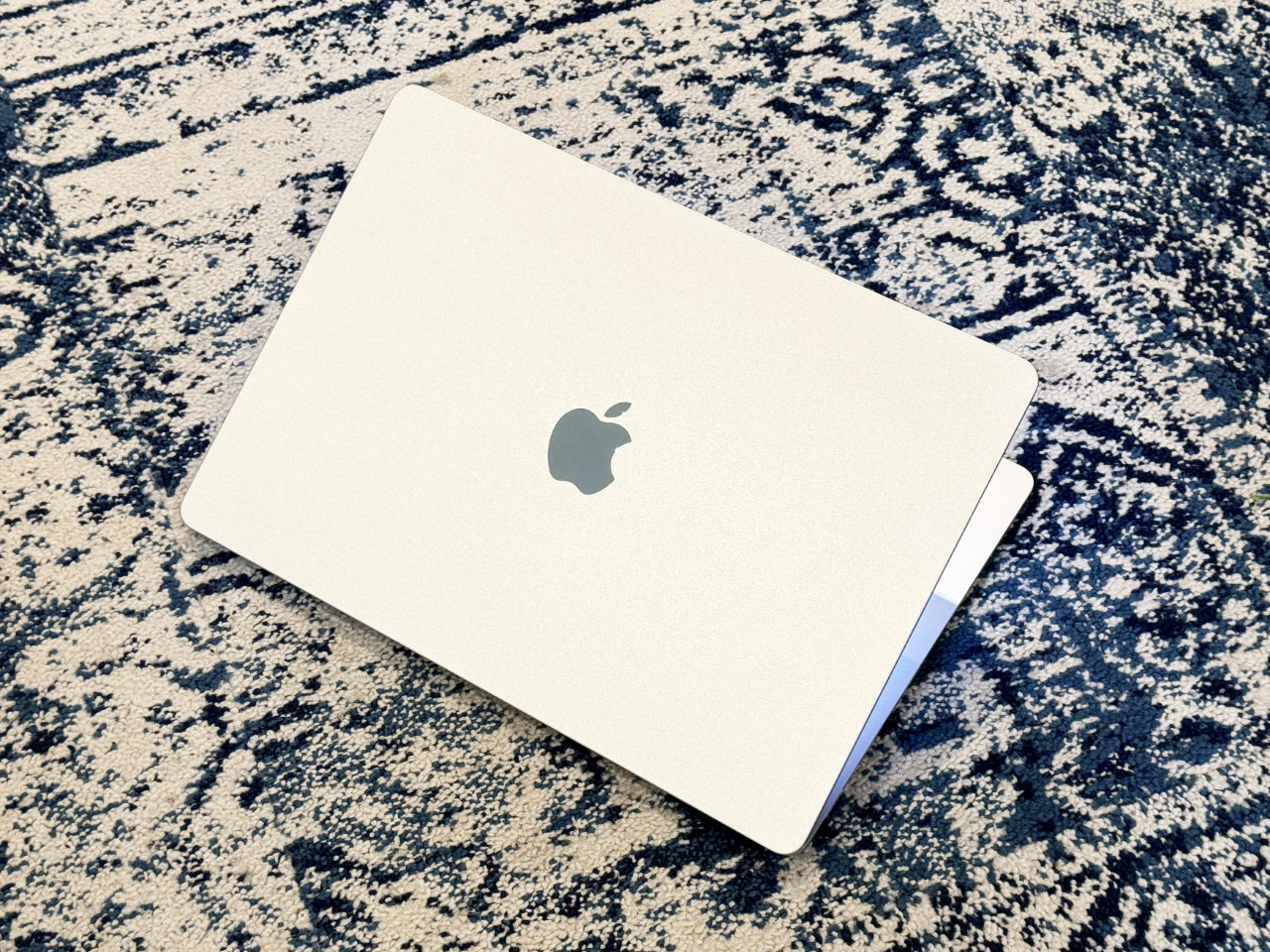I should immediately note that I am writing specifically about laptops and only about their professional use. In any other circuits, everything shown below may have diametrically opposite meanings.
I completely abandoned Windows laptops and started using a MacBook about 10 years ago. I changed models once every year or two. During this time, the ones that came to mind were the MacBook Pro 13″ 2015, MacBook Pro 13″ 2017, MacBook Air 13″ 2019, MacBook Air 13″ 2021 on M1, and now the MacBook Air 15″ 2023 on M2.
All of the above models were head and shoulders above the incredible usability of macOS, trackpad responsiveness, screen quality, and more. But the last two turned my whole world upside down thanks to Apple Silicon chipsets.
Over the past 10 years, Windows laptops have improved on many fronts. The operating system itself has become better, and they are no longer flawed in management. In many ways they have surpassed and surpassed Apple. But not for chipsets.
It was the transition to ARM architecture that actually made MacBooks the best for active professional work in any conditions. In the days when he used his own experience when he worked together with a fellow Windows engineer at one of the local co-working spaces.
Oh yesAll photos in the article were taken on an iPhone 15 Pro Max.
Cool Windows laptop fails, MacBook continues to work
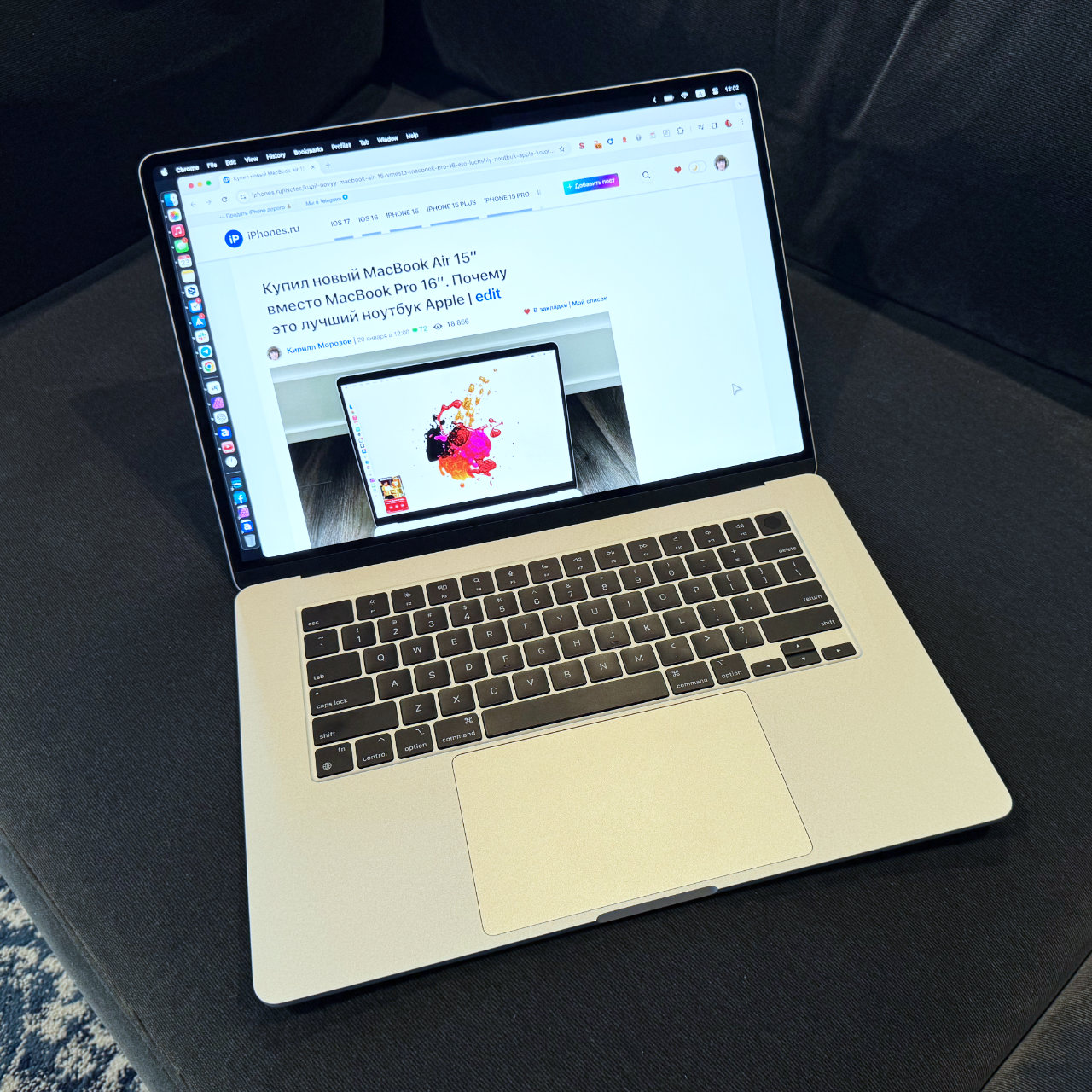
Very often I don’t even take a charger with me for a work day unless the task is very difficult.
In general, a friend and I came to one of the local coworking spaces to work together for a day. He does C#, and I am a Swede, a reaper, and a gaming dude. We both work remotely, so changing locations “at the touch of a button” is quite suitable.
I have a fresh 15-inch MacBook Air (M2, 24 GB, 1 TB), it has some very top-end ultrabook for Windows from a top digital computer manufacturer (I won’t name it). As I understand it the machine is one and a half times larger my.
The conversation about the advantages and development of machines began naturally. It has a transformer with a touch earpiece that can be expanded into a tablet or placed on the table in a “house” to work with a mouse and keyboard. I have a classic MacBook.
That’s just after half a day of work I realized that my friend forgot to take with him the power supply from his “beast”, which was just managed to discharge to zero. I took mine out of my backpack and offered it to him, because I still had 62% charge.
It’s a pity, my 30 W unit won’t save him. For a Windows ultrabook, even with Power Delivery support, this was not enough. After receiving a network connection, the computer did not even turn on.
The story ended with the owner of an ultra-modern Windows laptop, which is very well suited for any professional activity, going home to finish his work day. I came up with the idea for this article during lunch.
MacBook shows battery power
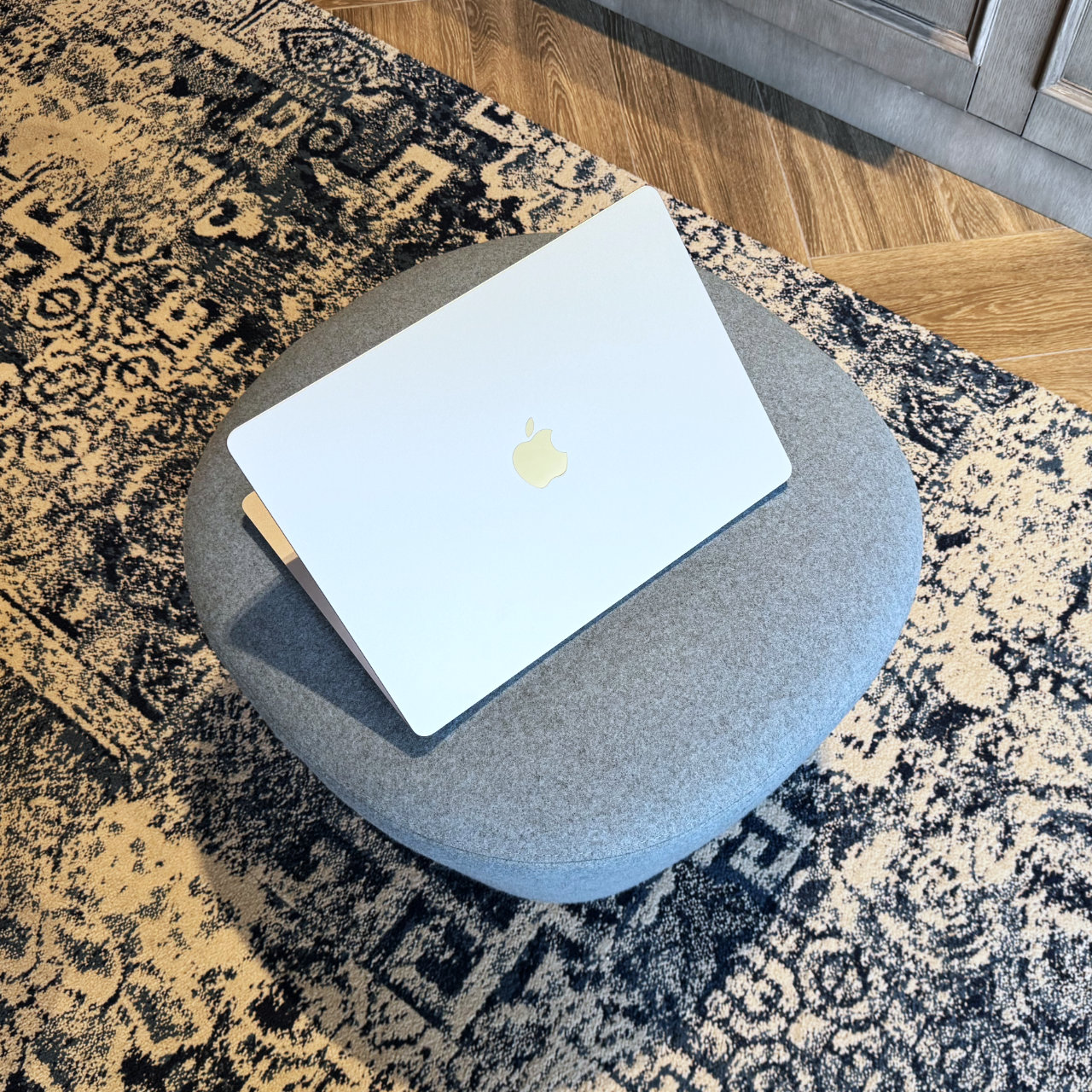
You can even edit video on the battery without any problems, most importantly through normal software.
Today, the main advantage of the MacBook lies precisely in the use of incredibly efficient chipsets based on Apple Silicon. Against this background, everything else fades into the background.
M1-2-3 and in general all their more charged versions work without problems without connecting to a power source. This applies not only to some simple tasks, but also to the most complex ones, including video editing and rendering.
That’s why when using a MacBook, most often you don’t have to worry about being able to connect to the network anywhere.
Windows laptops can’t do this. I have never been convinced that to solve complex problems they need more energy, modern batteries simply cannot provide it. The value is about 100+ W, when a MacBook conditionally needs up to 20–30 W for the same.
The difference can be leveled out when it comes to working with office documents and writing code. But with more complex manipulations, those who had not yet switched to Apple’s side had to deal with electricity.
MacBook on Apple Silicon has a very long battery life
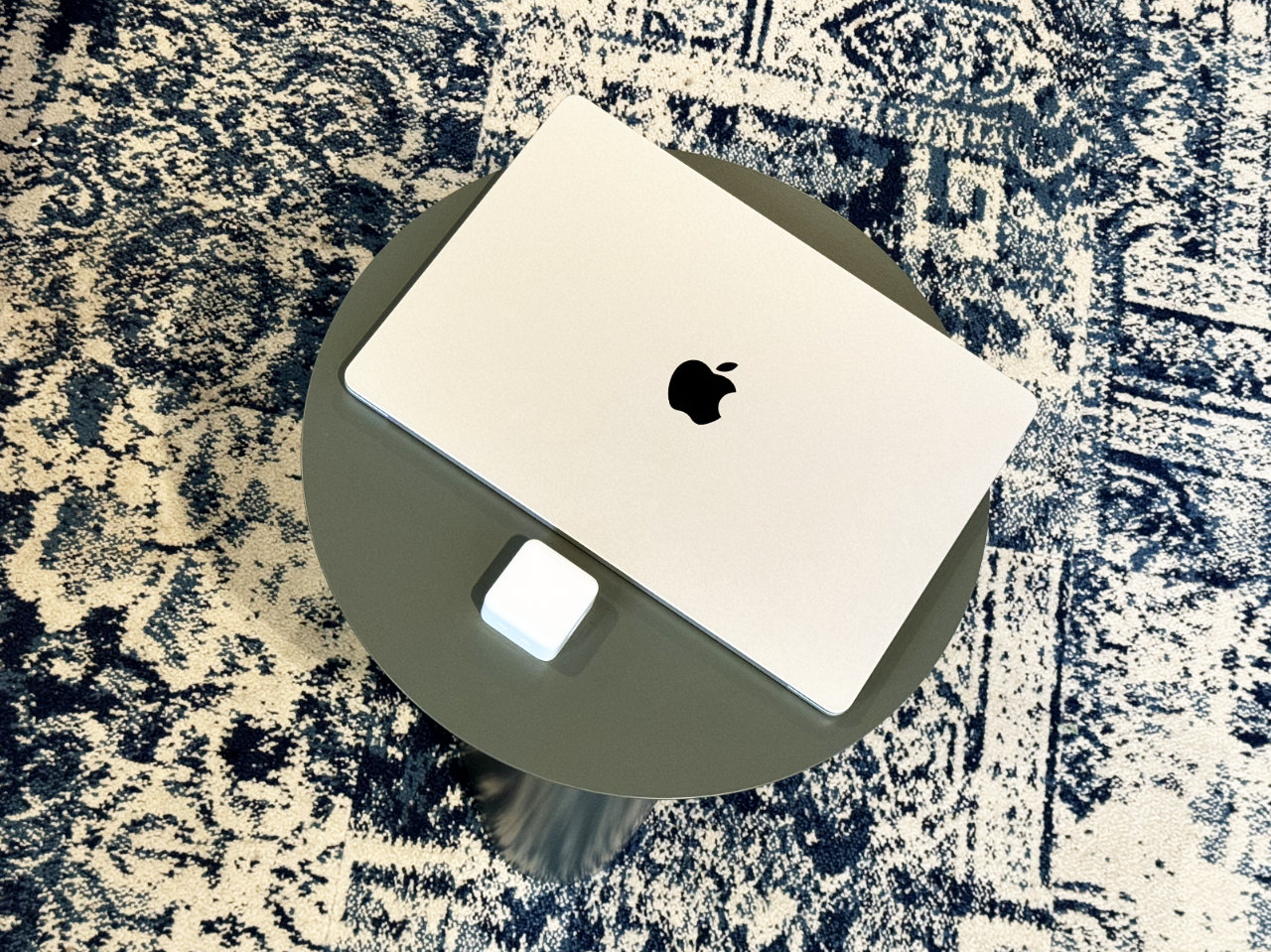
In addition, the power supply from it is usually made in size with the same AirPods Pro or other wireless headphones.
In my scenarios for using the MacBook, which cannot always be called too complex, time 15″ Air battery fully charged Today enough for 8–10 hours. This is despite the fundamental fact that you monitor the running software and its activity.
I always have several active tabs in Google Chrome, the text editor iA Writer, Visual Studio Code, Telegram and Slack instant messengers, DeepL translator, Spark mail, Affinity Photo 2 graphic editor, Music with music on, Calendar and other Apple office software.
As practice shows, give or take under the same conditions, ultrabooks on Windows usually do not last more than 5–6 hours. It turns out that their autonomy is often simply not enough for a full day of work.
Plus, a USB Type-C to MagSafe cable and an adapter are all you need to charge a qualifying Apple laptop. In my case, a 30 W power supply is enough for a 15-inch MacBook Air, which is not much different in size from a car switch.
MacBook on M1–2–3, various differences in heat placement
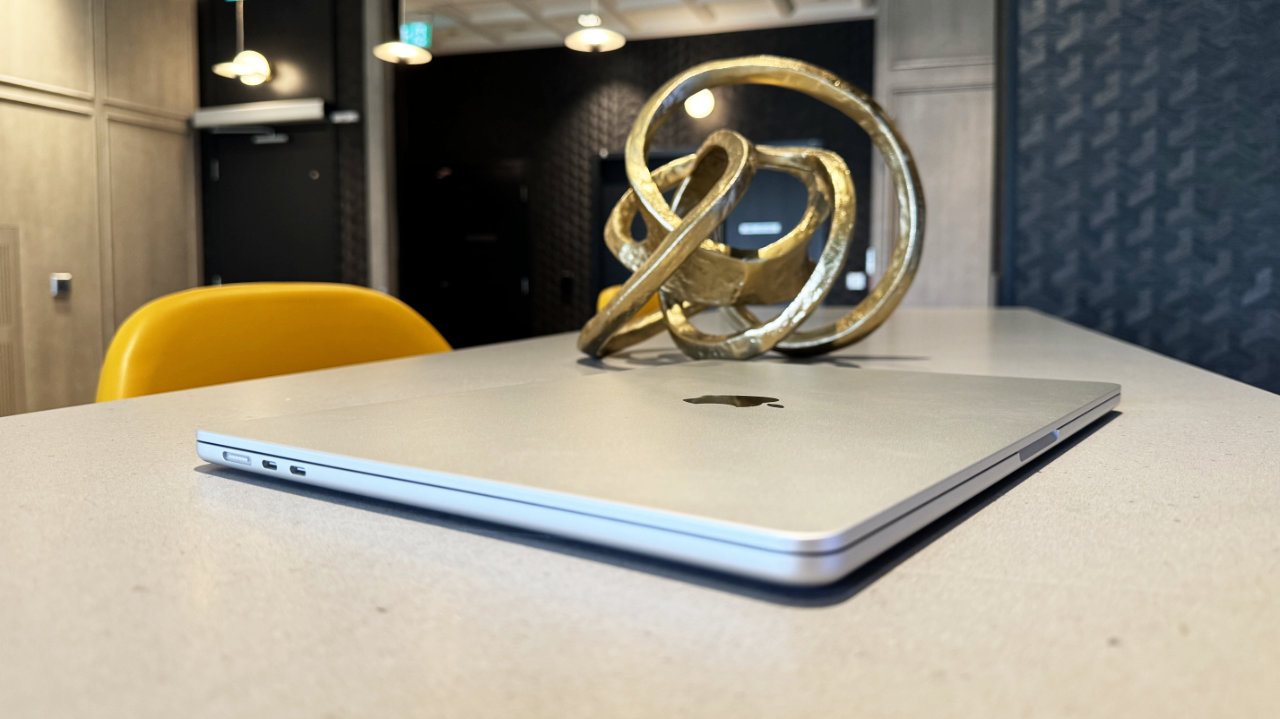
The MacBook Air was able to be so protected precisely because of the inclusion of an active cooling system.
To be honest, I have never seen a Windows laptop that was not equipped with a liquid cooling system. This is not surprising, since their chipsets use x86 architecture, which simply cannot but prefer heat.
Of course, when managing Windows system sources, there are also ARM-based solutions, but they are still at the maximum level of clunkiness, so there is no point in taking them into account.
With Apple it’s different. The MacBook Air line does not have a liquid cooling system at allThe MacBook Pro turns on its fans so rarely that it is even possible – only during the most difficult tasks.
This makes it possible to work even in bed, even with a laptop on your knee. Plus, such solutions do not need to be cleaned of dust at all, or only once every two or three (sometimes five) years.
MacBook wins in speed due to optimization
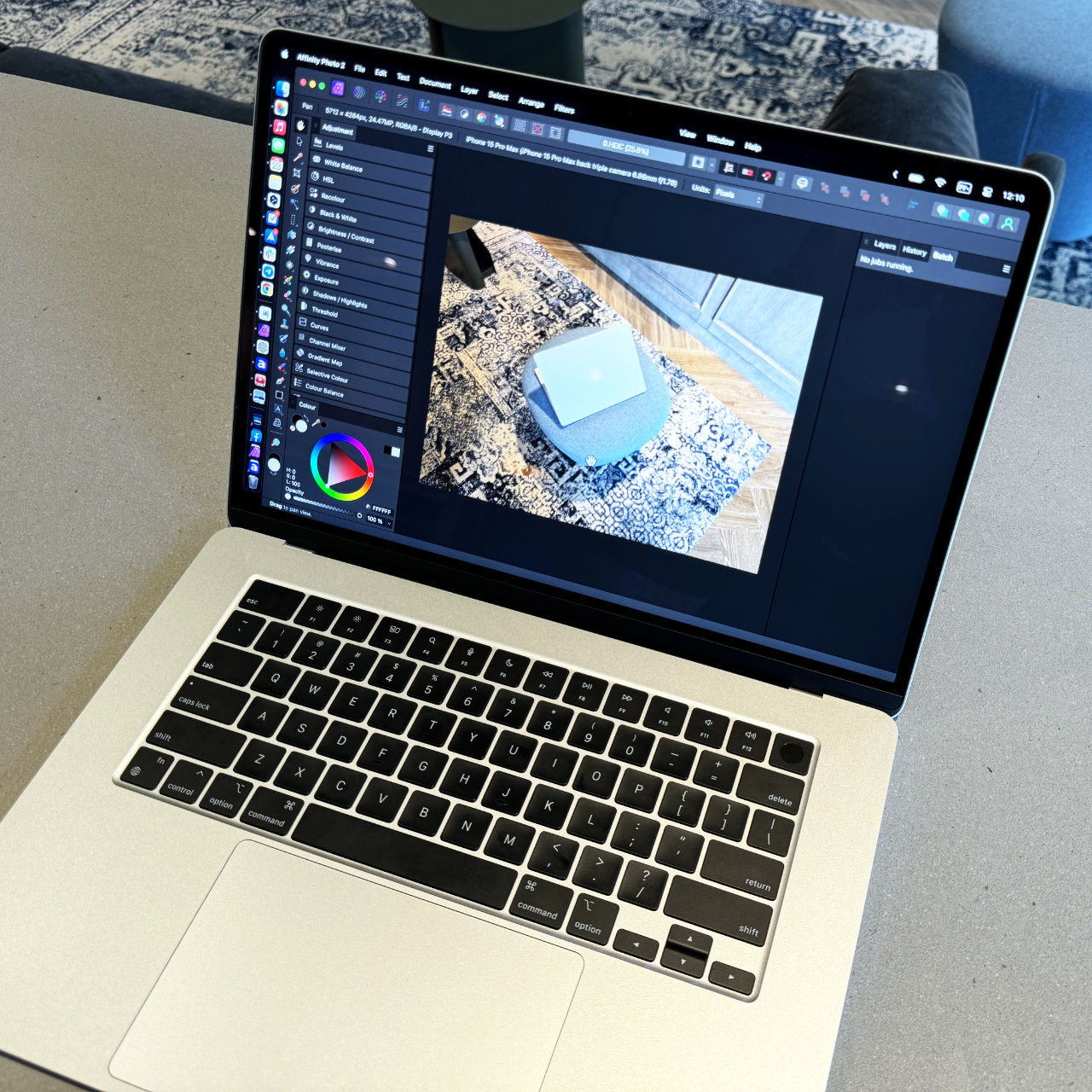
If you use normal applications, a MacBook of absolutely any model will be as easy as an airplane to fly.
When it comes to performance, I think MacBooks benefit from incredible software optimization. Moreover, this applies not only to Apple proprietary software, but also to application components.
Overwhelming most applicationsI use them all guarantees specifically for Apple Siliconin the line of which there are only up to a dozen main types of chipsets.
For a zoo of Windows laptops, it is simply impossible to properly configure the software, so it inevitably requires more resources and drains the device faster.
However, if you use various crooked software within macOS, nothing good will happen either. For me, this is, for example, absolutely every line of Adobe software, from Photoshop to After Effects. Sorry.
Instead of a solution, I’ll tell you what was described above in a nutshell
❶ Even a cool Windows laptop works. As for the battery draining quickly, the inability to use the full performance reserve in standalone mode and the need to charge using a clunky power supply.
❷ MacBook runs on 100% battery power. The performance of Apple laptops does not change regardless of the wired network connection or its absolute state. This is increasingly not the case with Windows solutions.
❸ MacBook surprises with its autonomy. During normal operation, my 15-inch MacBook Air today lasts 8–10 hours. Under normal conditions, ultrabooks in Windows usually do not survive the entire working day.
❹ The MacBook uses virtually no heat. The MacBook Air line does not have a liquid cooling system; the MacBook Pro turns on very rarely. I haven’t seen a single Windows laptop without fans.
❺ MacBook is very fast due to optimization. Most apps are tailored specifically to Apple’s line of dozen Silicon chipsets, which is why they run as fast as possible.
The efficiency of Apple Silicon chipsets is the main reason why the MacBook is better than any Windows laptop today. In my opinion, in this regard, Apple is now in the lead for 5-10 years.
I don’t want to think that the laptop suddenly runs out of power or that it simply won’t cope with some task. Any of the current MacBook Airs not only works quickly and for a long time, but can also be charged (albeit conditionally) even with an iPhone.
If this is not a victory, then I don’t know what else can be called this word.
▪ 10 tricky iPhone settings that are important to check after purchasing or reinstalling. Start with them
▪ I haven’t worn an Apple Watch, Garmin or even a regular watch for exactly a year. Why did I give them up and I don’t regret it at all
▪ I have been using iPhone 15 Pro Max for 3 months now. Here are 7 unusual impressions of it after the iPhone 11
📸 All photos in the article:





Source: Iphones RU
I am a professional journalist and content creator with extensive experience writing for news websites. I currently work as an author at Gadget Onus, where I specialize in covering hot news topics. My written pieces have been published on some of the biggest media outlets around the world, including The Guardian and BBC News.






